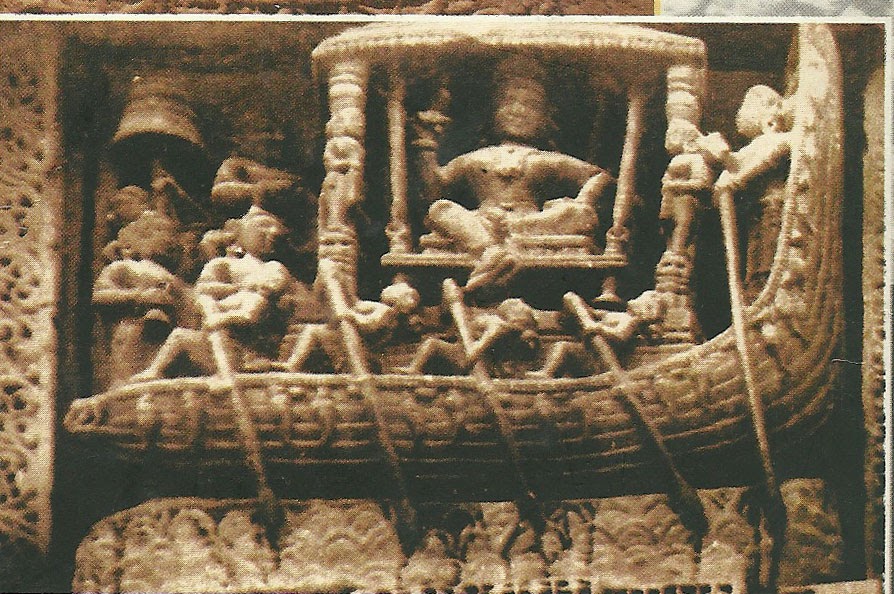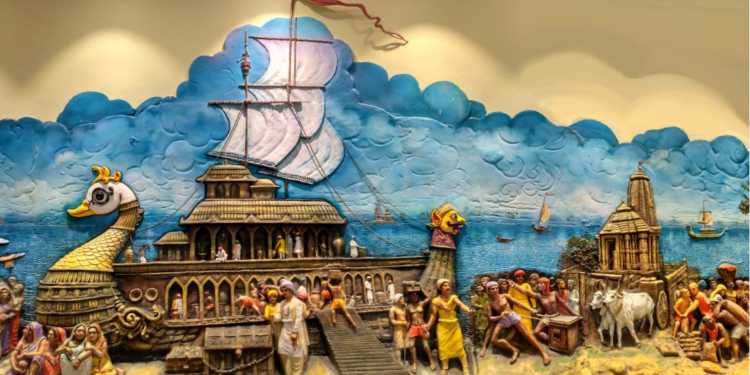Kalinga, also known as the Kingdom of Kalinga, was an ancient Indian state that played a significant role in the history of South East Asia. Located on the eastern coast of India, Kalinga thrived for several centuries and had a strong cultural and economic influence on its neighboring countries. In this blog, we will delve into the rich history and impact of Kalinga in South East Asia.
The origins of the Kingdom of date back to 4th century BCE when it emerged as a powerful maritime state. was strategically positioned along the coast, which allowed it to establish robust trade links with other regions across the Indian Ocean. The kingdom played a crucial role in the Indian Ocean trade network, connecting the East and the West and facilitating the exchange of goods, ideas, and religious beliefs.
One of the notable contributions of to South East Asia was its involvement in the spread of Buddhism. Emperor Ashoka’s conquest of Kalinga in 261 BCE marked a significant turning point in the history of the kingdom. The brutal War deeply affected Ashoka, leading him to renounce violence and embrace Buddhism. As a result, he became one of the most influential Buddhist monarchs, playing a vital role in the propagation of Buddhism beyond the Indian subcontinent.

You can read our another post on Lal Bahadur Shastri Jayanti
Under Ashoka’s patronage, Buddhism flourished in Kalinga and subsequently spread to various parts of South East Asia. association with Buddhism became a catalyst for trade, cultural exchange, and the establishment of Buddhist monastic communities in countries like Sri Lanka, Myanmar, Thailand, and Cambodia. The linkage between and Buddhism fostered strong diplomatic ties and contributed to the region’s religious and socio-cultural development.
Besides religion, Kalinga’s trade routes played a crucial role in the transfer of knowledge, technology, and craftsmanship to South East Asian countries. coastal location facilitated maritime trade, making it a thriving center of commerce. The kingdom actively participated in the trade of spices, textiles, gems, and other valuable goods, forging strong economic ties with South East Asian nations.
The architectural influence of can also be seen in various historical sites across South East Asia. The significant impact is particularly evident in the temple architecture of the Angkor Wat complex in Cambodia. The characteristic Kalinga architectural elements, such as the gopuras (gateway towers) and the jagati (terraces), can be observed in the construction of these magnificent temples. Additionally, the art and sculpture of found their way into South East Asian countries, enriching the region’s aesthetic heritage.
Although the exact decline and fall of the Kingdom of are shrouded in history, its legacy continues to live on in South East Asia. The kingdom played a pivotal role in the regional connectivity, cultural diffusion, and religious expansion that shaped the diverse tapestry of South East Asian societies.
More: Wanted to download Odishashop.com visit here

Write A FAQ For Dimensions of Orissa Population Scenario
What is Kalinga and where is it located in South East Asia?
Kalinga is an indigenous community located in the northern part of the Philippines, specifically in the Cordillera region of Luzon Island.
What makes Kalinga unique compared to other indigenous groups in South East Asia?
Kalinga is known for its rich cultural heritage and ancient traditions that have been passed down through generations. They are recognized for their tattooing customs, intricate weaving techniques, and their strong sense of community.
What languages do the people of Kalinga speak?
The people of Kalinga primarily speak the Kalinga language, as well as other languages within the Kalinga subgroup of the larger Northern Luzon language family.
Are there any tourist attractions or landmarks in Kalinga that are worth visiting?
Yes, Kalinga is home to several tourist attractions and landmarks that showcase the unique culture and natural beauty of the region. Some noteworthy places include the famous Banaue Rice Terraces, the Tabuk Museum, and the traditional Kalinga village of Buscalan, where visitors can interact with the indigenous people and learn about their way of life.
How can one experience the Kalinga culture and traditions firsthand?
To experience the Kalinga culture firsthand, it is recommended to visit during the annual Kalinga Bodong Festival, held in Tabuk, Kalinga. This festival celebrates the peace covenant among Kalinga tribes and features traditional dances, musical performances, and various cultural activities. Additionally, staying in a homestay or engaging with local tour guides can provide visitors with an immersive experience in the Kalinga way of life.
Conclusion
In conclusion, Kalinga, an ancient Indian kingdom located along the eastern coast of the subcontinent, left an indelible mark in the history of South East Asia. Through its trade, Buddhism, and architectural influence, established enduring connections with South East Asian countries, contributing to their cultural, religious, and economic development. The tale of serves as a reminder of the interconnectedness of civilizations and the lasting impact they have on one another.
